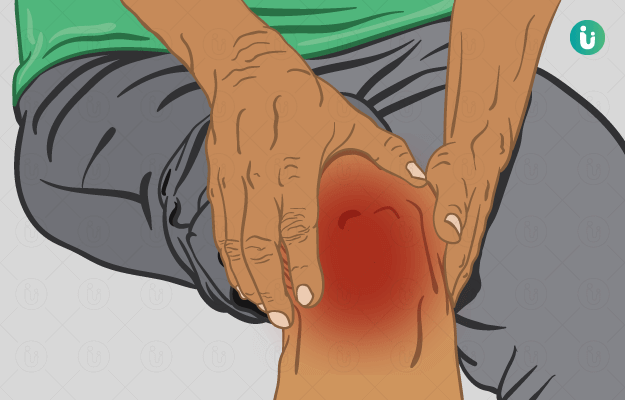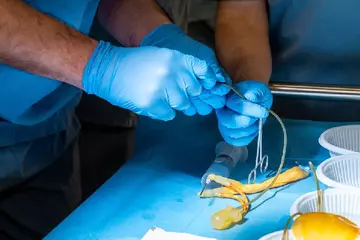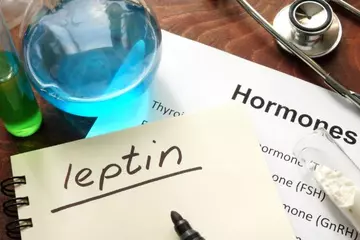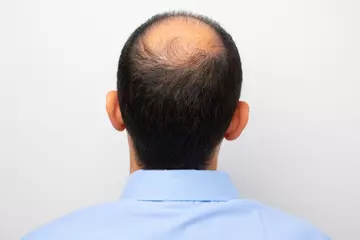What is Osteoarthritis?
Osteoarthritis is a slowly progressive disease of joints causing joints to become painful and stiff, and is mainly encountered in middle-aged to elderly people. The breakdown of cartilage due to mechanical stress or biochemical changes affects the joints that are weight bearing. It can sometimes be seen along with other types of arthritis. Any joint of the body may be affected by osteoarthritis, however, small joints in the hand, knees, and hips are commonly affected.
What are its main signs and symptoms?
The symptoms are episodic, and include:
- Pain and stiffness of joints
- The weakness of muscles with associated wasting of muscle mass
- Difficulty in moving affected joints, with a limited range of movement
- Tenderness and swelling of joints which look larger than usual
- Crackling sound or sensation or a soft, grating sound in your joints
- Performing routine activity becomes difficult
- Bending of fingers
- Appearance of painful bumps or fluid-filled lumps in the affected areas
What are the main causes?
Constant slow and low level of joint damage in joints which is repaired normally by the body. But in this condition, there is damage and breakdown of the protective cartilage at the ends of the bone. There is bony growth which is inflamed causing redness and swelling of the affected joint. The cause of osteoarthritis is idiopathic or unknown, but is thought to be associated with the following:
- Overuse of joint after an injury
- Severely damaged joints due to conditions, such as rheumatoid arthritis or gout
- Overweight or increasing age or individuals with family history
How is it diagnosed and treated?
The physician first takes a complete history of symptoms, check for pre-disposing conditions or factors along with a thorough examination of the affected areas and joints. Further, the physician may advise the following tests:
- Certain blood tests
- X-rays of the affected parts to rule out a fracture or rheumatoid arthritis
Management of osteoarthritis
Treatment for reduction of mild symptoms include:
- Regular exercising for weight management
- Strain management on joints with appropriate devices or use of suitable footwear
- Treatment for reduction of severe symptoms include:
- Use of painkiller drugs which includes:
- Paracetamol
- Non-steroidal anti-inflammatory drugs (NSAIDs): ibuprofen, naproxen, celecoxib, etoricoxib, and diclofenac
- Opioids (Codeine)
- Capsaicin cream
- Steroid injection
- Platelet-rich plasma (PRP) injection
- Nutritional supplements
- Physiotherapy structured exercise plan carried out under the supervision of a physiotherapist.
- Transcutaneous electrical nerve stimulation (TENS)
- Application of hot or cold packs
- Surgery win extreme cases to repair, strengthen or replace a damaged joint which includes:
- Arthroplasty
- Arthrodesis
- Osteotomy
- Alternative treatment includes
- Acupuncture
- Aromatherapy

 Doctors for Osteoarthritis
Doctors for Osteoarthritis  OTC Medicines for Osteoarthritis
OTC Medicines for Osteoarthritis
 Osteoarthritis articles
Osteoarthritis articles



















